GST Revocation: What Happens After Your Application is Approved?
Learn about the process and implications of GST revocation after your application is approved. Understand the steps involved and how it may impact your business.
GST Revocation: What Happens After Your Application is Approved?
Getting your GST (Goods and Services Tax) registration revoked is a significant step for any business owner. It could be due to various reasons such as closing down your business, a change in business structure, or simply because your turnover falls below the threshold for GST registration. Whatever the reason may be, once your application for GST revocation is approved, there are a few things you need to take care of.
1. Final Returns
After your GST revocation application is approved, you are required to file your final GST return. This return should include all the details of your sales and purchases up until the date of revocation. Make sure to double-check all the figures and ensure that everything is accurate.
2. Payment of Dues
Before your GST registration is revoked, you must clear all your dues including any pending tax payments, interest, or penalties. It is essential to settle all outstanding amounts to avoid any legal consequences in the future.
3. Cancellation of Input Tax Credit
Once your GST registration is revoked, you are no longer eligible to claim input tax credit on your purchases. Therefore, you must reverse any unutilized input tax credit in your electronic credit ledger before the revocation date. This will help you avoid any discrepancies in your final return.
4. Maintain Records
Even after the revocation of your GST registration, it is crucial to maintain all your business records for at least five years from the revocation date. This includes invoices, bills, accounting books, and any other relevant documents. These records may be required for audit purposes in the future.
5. Inform Your Suppliers and Customers
It is essential to inform all your suppliers and customers about the revocation of your GST registration. This will help them update their records and invoices accordingly. Make sure to provide them with your new registration details if applicable.
6. Close Your GST Portal Account
Once all the necessary steps have been completed, you can proceed to close your GST portal account. This will ensure that you do not receive any future notifications or communications related to your revoked registration. You can follow the prescribed procedure on the GST portal for closing your account.
7. Seek Professional Help
If you are unsure about any of the steps involved in the revocation process, it is advisable to seek professional help. A chartered accountant or a GST practitioner can guide you through the process and ensure that everything is done correctly and in compliance with the GST laws.
Revoking your GST registration is a significant decision, and it is essential to follow all the necessary steps diligently. By following the above-mentioned guidelines, you can ensure a smooth transition after your application for GST revocation is approved.
Latest Updates
How to Register for GST in Multiple States
26 Dec 2025How to Register a Franchise Business
24 Dec 2025ca4filings.com Services








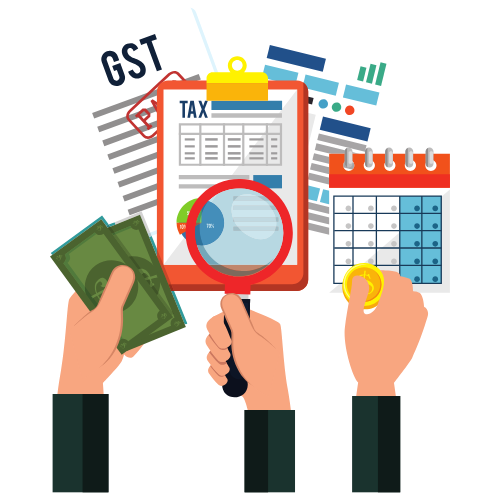

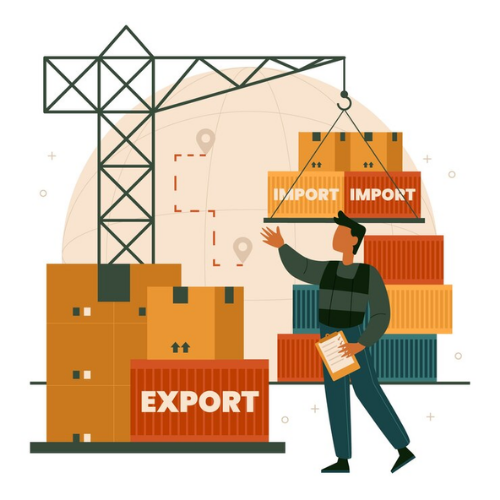
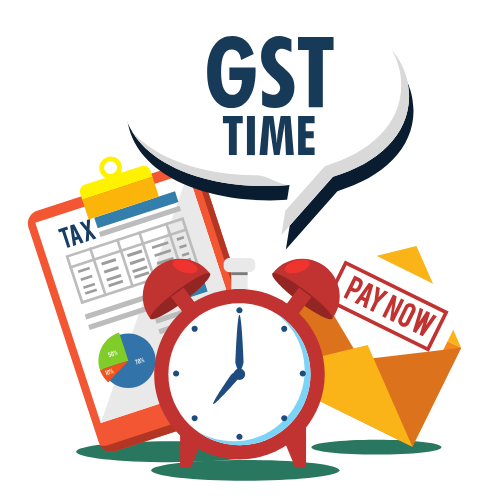



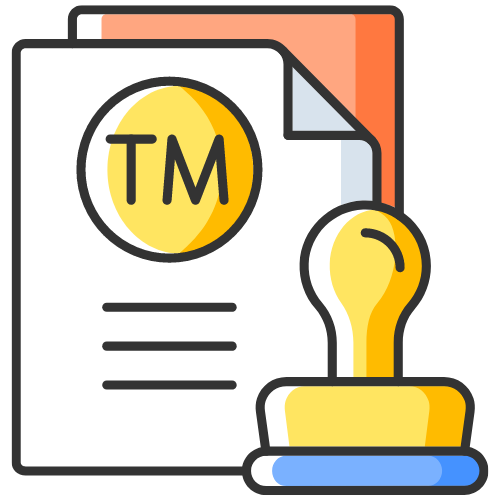
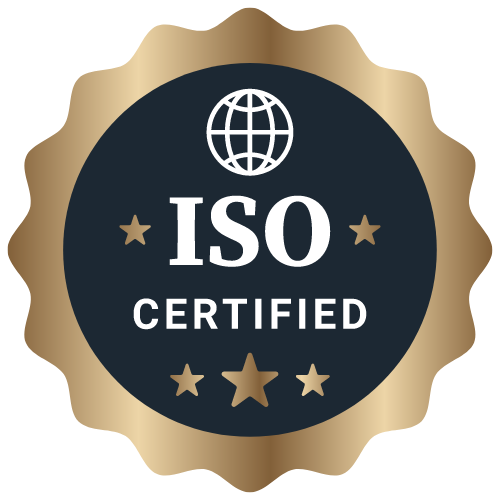







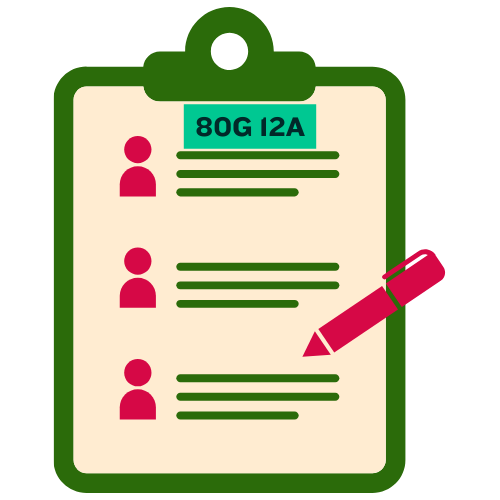

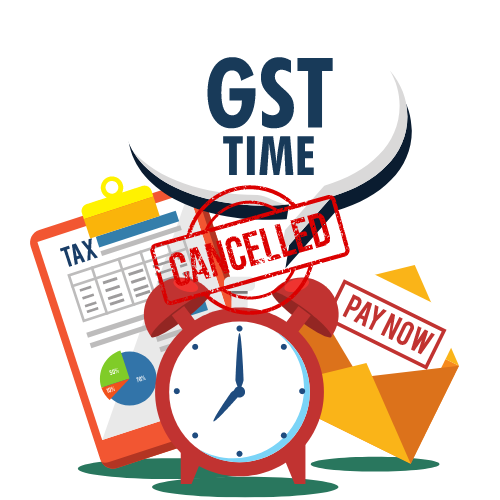

-registration.png)



